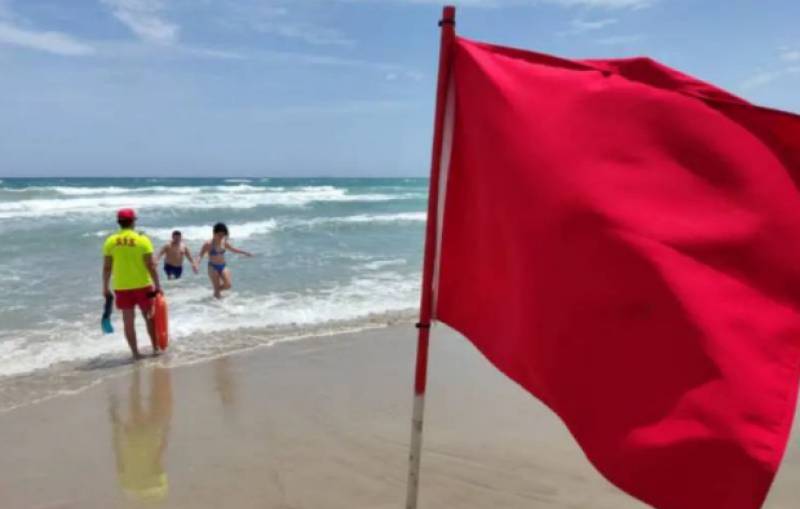
To be listed on the CAMPOSOL TODAY MAP please call +34 968 018 268.

Guidelines for submitting articles to Condado Today
Hello, and thank you for choosing CondadoToday.com to publicise your organisation’s info or event.
Condado Today is a website set up by Murcia Today specifically for residents of the urbanisation in Southwest Murcia, providing news and information on what’s happening in the local area, which is the largest English-speaking expat area in the Region of Murcia.
When submitting text to be included on Condado Today, please abide by the following guidelines so we can upload your article as swiftly as possible:
Send an email to editor@condadotoday.com or contact@murciatoday.com
Attach the information in a Word Document or Google Doc
Include all relevant points, including:
Who is the organisation running the event?
Where is it happening?
When?
How much does it cost?
Is it necessary to book beforehand, or can people just show up on the day?
…but try not to exceed 300 words
Also attach a photo to illustrate your article, no more than 100kb

What the different coloured beach flags mean in Spain
Knowing your flags could help avoid tragedy on your next beach holiday in Spain

The four coloured flags used on Spanish beaches
- Green: Bathing in the sea is allowed and water conditions are ideal for swimming.
- Yellow: Swimming is allowed, but bathers should take care as there’s a chance of waves, strong currents, pollution or marine animals. When the yellow flag is flying, beach-goers are advised not to swim out beyond their depth.
- Red: Swimming is strictly prohibited. If you see a red flag on the beach, it means there’s a high risk to your safety if you venture into the water due to adverse conditions, which could include strong waves, treacherous currents or the presence of dangerous animals, like sharks.
- Orange: Lifeguard not on duty.
Other flags
- Black flag: Indicates that the beach is closed. Entering the water is completely prohibited as it poses a great safety risk. In addition, this colour sometimes also indicates that you cannot walk on the sand.
- Blue flag: This is a seal of quality that indicates that it is one of the best beaches in Spain. Coveted Blue Flags are awarded each year to shorelines that stand out for things like the quality of their water, the services and facilities they offer, security, accessibility, environmental protection etc.
- Flag with jellyfish: Indicates that there are lots of jellyfish in the water that could potentially pose a danger to swimmers.
- Yellow flag with black dot: This flag shows that boats and surfboards aren’t allowed.
- Black and white chequered flag: This flag signifies a surf zone and warns bathers that swimming is dangerous.
- White and blue flag: Indicates that it is a diving area, and that boats cannot pass through.
Also of interest: The beaches in Spain where you are likely to spot a shark
Sign up for the Spanish News Today Editors Roundup Weekly Bulletin and get an email with all the week’s news straight to your inbox
Special offer: Subscribe now for 25% off (36.95 euros for 48 Bulletins)
OR
you can sign up to our FREE weekly roundup!
Read some of our recent bulletins:
Discount Special Offer subscription:
36.95€ for 48 Editor’s Weekly News Roundup bulletins!
Please CLICK THE BUTTON to subscribe.
(List price 3 months 12 Bulletins)
Read more stories from around Spain:






















